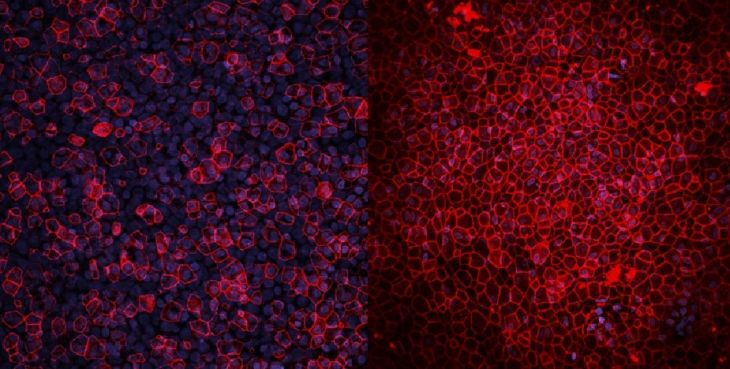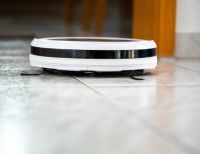
Dr Huyen Phan
Senior author Professor Wojciech Chrzanowski, Professor of Nanomedicine in the Sydney Pharmacy School, Faculty of Medicine, and member of the Charles Perkins Centre, said: “This work is significant because we will be able to reduce the number of animals in medical research and accelerate the discovery of new drugs or innovative strategies to treat diseases.
“We decided to build two different lung models, one of which mimics phase one clinical trials; a healthy lung to study safety of new drugs. The other one mimics phase two trials; a diseased lung that, in our case, mirrors chronic obstructive pulmonary disease, enabling us to study the therapeutic effectiveness or superiority of the drugs.
“We take cells directly from patients and then build them in layers as they exist inside the body. So, first you have the epithelial cells, then you have the fibroblasts – we are literally creating a mimic organ that is very much like actual human lungs.”
Professor Chrzanowski said the models described in the paper, which are more accurate than traditional models, are unique for their ability to emulate the environmental conditions of a human lung. Similar models are now being used by AstraZeneca and the US Food and Drug Administration.







